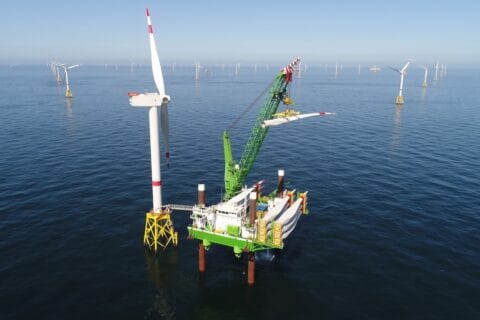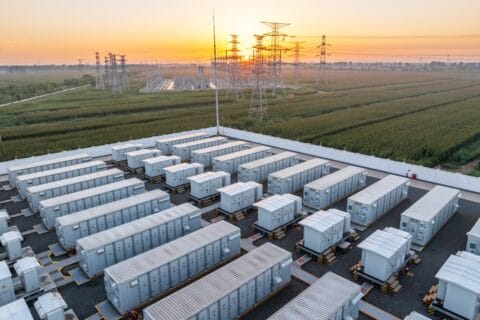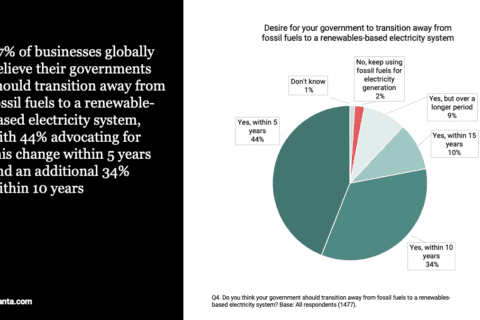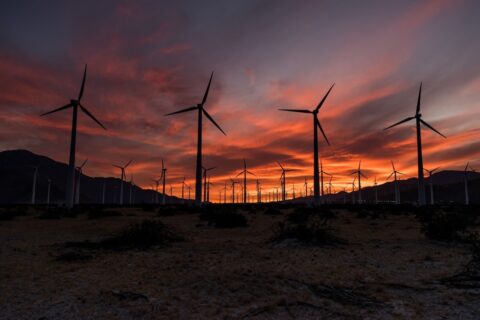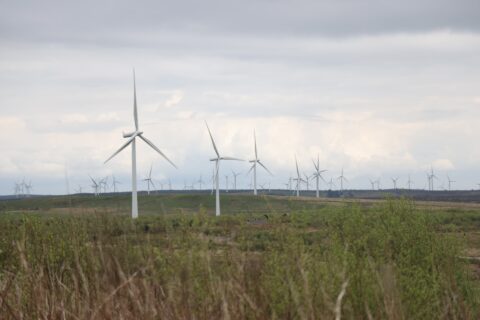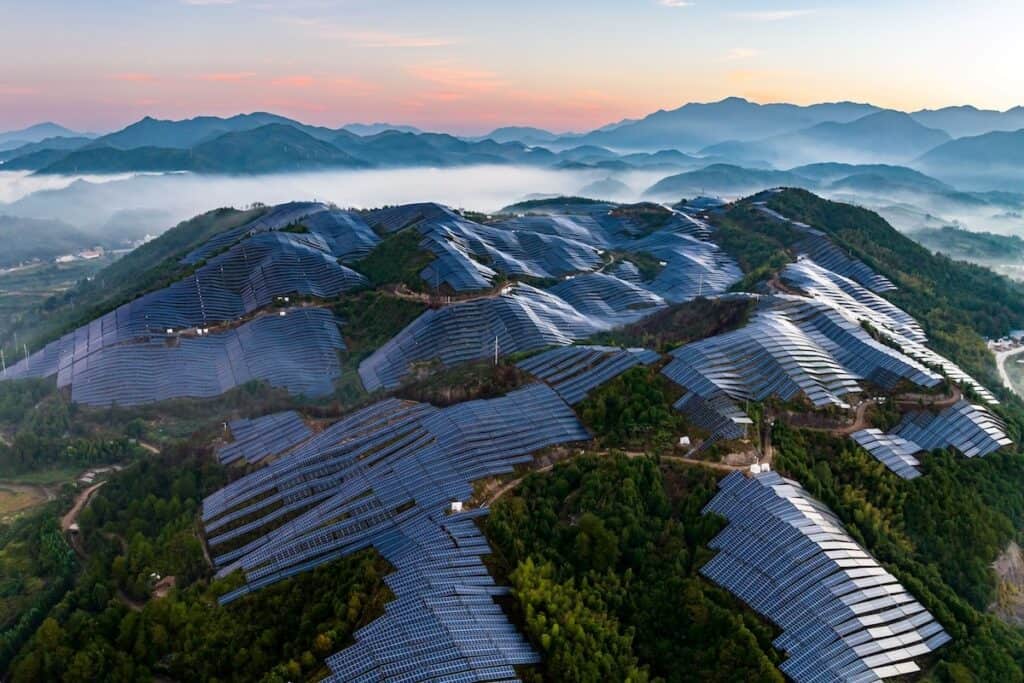
Global growth in renewables broke new records last year, according to data from an intergovernmental energy agency. However, this transition success story is playing out very unevenly around the world.
The report into Renewable Capacity Statistics 2024, published by the International Renewable Energy Agency (IRENA), shows deployment in the power sector reached a total capacity of 3,870GW globally.
The good news is that renewables accounted for 86% of total capacity additions. The bad news is this record global growth is distributed unevenly across different countries and geographies. These regional discrepancies point to a trend far removed from the target for tripling renewable power by 2030.
Patterns of concentration point to decarbonisation divide
The 473GW of renewables expansion was led once again by Asia with a 69% share (326GW). Not surprisingly, this growth was driven by China, where capacity increased by 63%, reaching 297.6GW.
This reflects a glaring gap with other regions, leaving the vast majority of developing countries behind. Despite urgent economic needs, for instance, capacity in Africa grew only 4.6%, reaching just 62GW.
Global numbers are big, but still not enough, says IRENA Director-General, Francesco La Camera:
“This surge in generation capacity shows renewables are the only technology available to rapidly scale-up the energy transition. Nevertheless, the data also serves as a tell-tale sign that progress is not moving fast enough.”
Terawatts more power must be generated and evenly distributed this decade, he concludes:
“Policy interventions and a global course-correction are urgently needed to overcome structural barriers and create local value in emerging market and developing economies. Patterns of concentration in geography and technology threaten to intensify the decarbonisation divide and pose a significant risk to achieving the tripling target.”
Cost competitiveness, policy focus and energy security
For China, solar and wind’s increasing competitiveness against coal and gas power generation became the key driver of renewable power development. Meanwhile in the EU, enhanced policy focus and heightened energy security concerns have become the principal additional catalysts for rapid growth.
Other regions that saw significant expansion were the Middle East at 16.6% increase and Oceania up 9.4%. The G7 countries as a group increased by 7.6%, adding 69.4GW last year.
The G20 nations, on the other hand, increased their capacity by 15.0%, reaching 3,084GW by 2023. However, the tripling target puts these numbers into perspective. For the world to reach the necessary levels of over 11TW requires G20 members alone to reach 9.4TW of renewable power capacity by 2030.
With solar energy continuing to dominate capacity expansion, the report underscores that the growth disparity did not only affect geographical distribution but also technological deployment.
Solar accounted for as much as 73% of the renewable growth last year, reaching 1,419GW. This was followed, some way behind, by wind power, which contributed to a 24% share of renewable expansion.
Technology takeaways, from solar to geothermal
The key technology takeaways from the latest stats are as follows:
- Solar energy: Solar photovoltaics increased by 345.5GW last year, while concentrated solar power increased by 0.3GW. China alone added 216.9GW to the total expansion.
- Renewable hydropower (excluding pumped hydro): Capacity reached 1,270GW, with expansion lower than in recent years. Australia, China, Colombia and Nigeria added more than 0.5GW each.
- Wind energy: Wind grew at an increased rate of 13%, following behind solar energy. By the end of 2023, total wind capacity reached 1017GW. Expansion was dominated by China and the United States.
- Bioenergy: Expansion continued to slow with a 3% increase, adding 4.4GW compared to 6.4GW in 2022. After China, major increases took place in Japan, Brazil and Uruguay.
- Geothermal energy: Geothermal energy increased by a very modest 193MW, led by Indonesia.
Call for cooperation around investment pathways
The International Renewable Energy Agency (IRENA) is the lead intergovernmental agency for the renewables-based energy transition in pursuit of a systemic change across the energy sectors.
A global energy agency comprised of 168 countries and the EU, with 15 additional countries in accession, IRENA provides knowledge, technical assistance and capacity building, project and investment facilitation.
The Agency enables international cooperation and partnerships to fight climate change and promote sustainable development, energy access, energy security and resilient economies and societies.
IRENA’s 1.5°C Scenario recommends a massive scaling up of financing and strong international collaboration to speed up the energy transition, putting developing countries as key priority.
Investments are needed in power grids, generation, flexibility and storage. The pathway towards tripled renewable power capacity by 2030 requires a strengthening of institutions, policies and skills.
Further Reading:
- More about Renewable Capacity Statistics 2024 from IRENA — both the full report and highlights;
- More about the International Renewable Energy Agency (IRENA), in general;
- Also on SustMeme, Energy transition to add 40 million jobs by 2050;
- Also on SustMeme, Energy transition drives boom in biofuel production;
- Also on SustMeme, Beer brewed by power of the sun in Lithuania;
- Also on SustMeme, Call to invest $35 trillion in transition tech by 2030;
- Also on SustMeme, Energy transition investment hits $500 billion for first time;
- Also on SustMeme, World’s biggest vanadium flow battery will time-shift solar in Australia;
- Also on SustMeme, Solar and wind now cheapest for 2 in 3 people worldwide.
Check out the full archive of stories on the SustMeme Climate & Energy Channel, now available to Sponsor.

